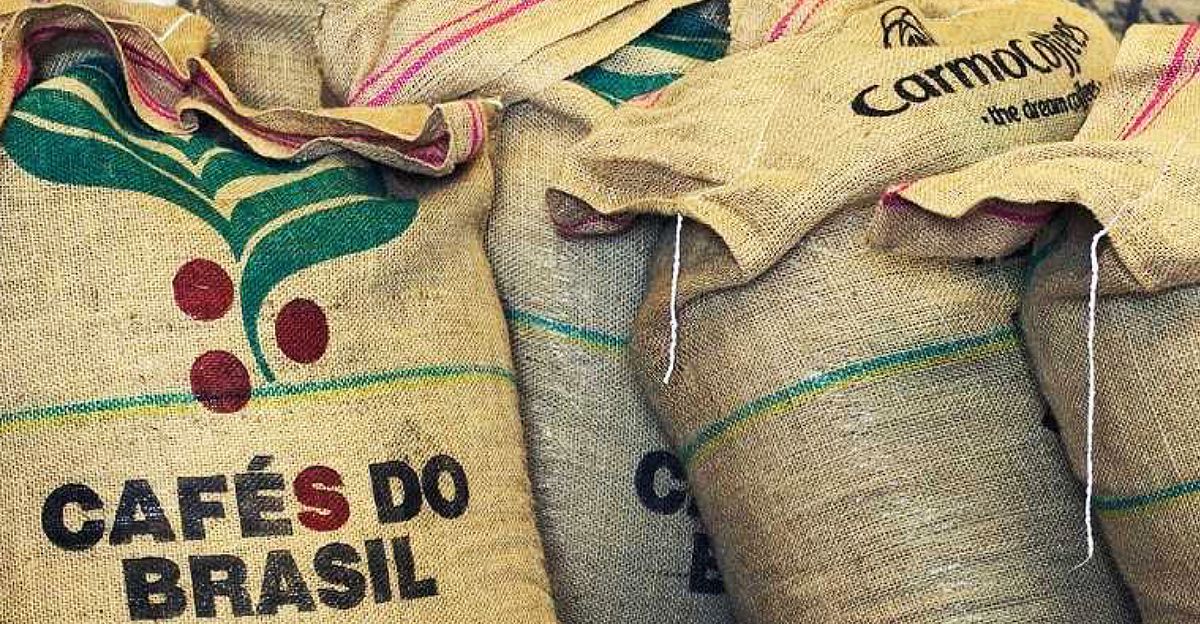
Starting August 1, a new 50% tariff on Brazilian goods could make your coffee more expensive. President Donald Trump announced the move as part of his trade crackdown, and the ripple effects are already hitting global markets.
Brazil provides nearly one-third of all the coffee Americans drink, and that’s not all. It also supplies most of our imported orange juice. As the world’s biggest coffee buyer, the U.S. is now caught in a high-stakes standoff that could change your morning routine.
Food economist David Ortega says, “Americans are going to feel the impact of the tariffs in their morning brew. That’s a very significant tax on the leading producer of coffee.” (USA Today) The question now is whether your daily habit will soon feel like a luxury. Let’s take a closer look at how this unfolded.
Why Trump Is Targeting Brazil
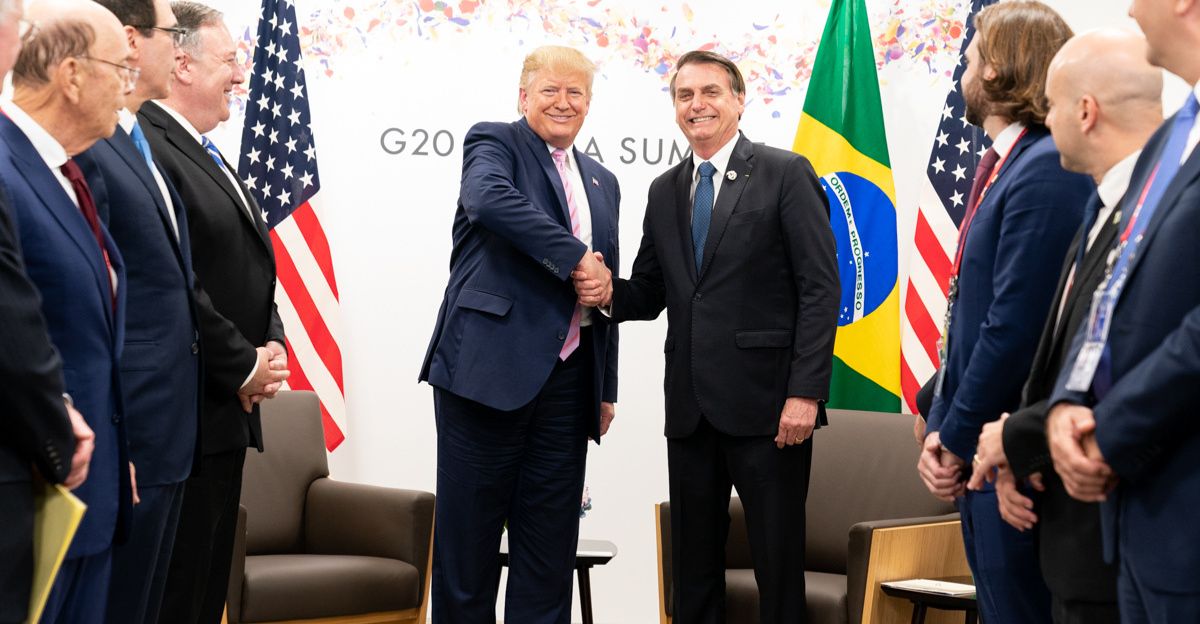
This tariff wasn’t sparked by a trade dispute. It’s part of Trump’s broader “Liberation Day” policy, which began imposing new tariffs in April. But Brazil was hit especially hard. According to USA Today, Trump tied the 50% tariff directly to the trial of his political ally, former President Jair Bolsonaro, calling it a “witch hunt” and urging Brazil to “leave Bolsonaro alone.”
Multiple sources confirm that in a letter to Brazilian President Luiz Inácio Lula da Silva, Trump explicitly linked the tariff threat to what he described as a politically motivated trial against Bolsonaro.
So Why Punish Them?
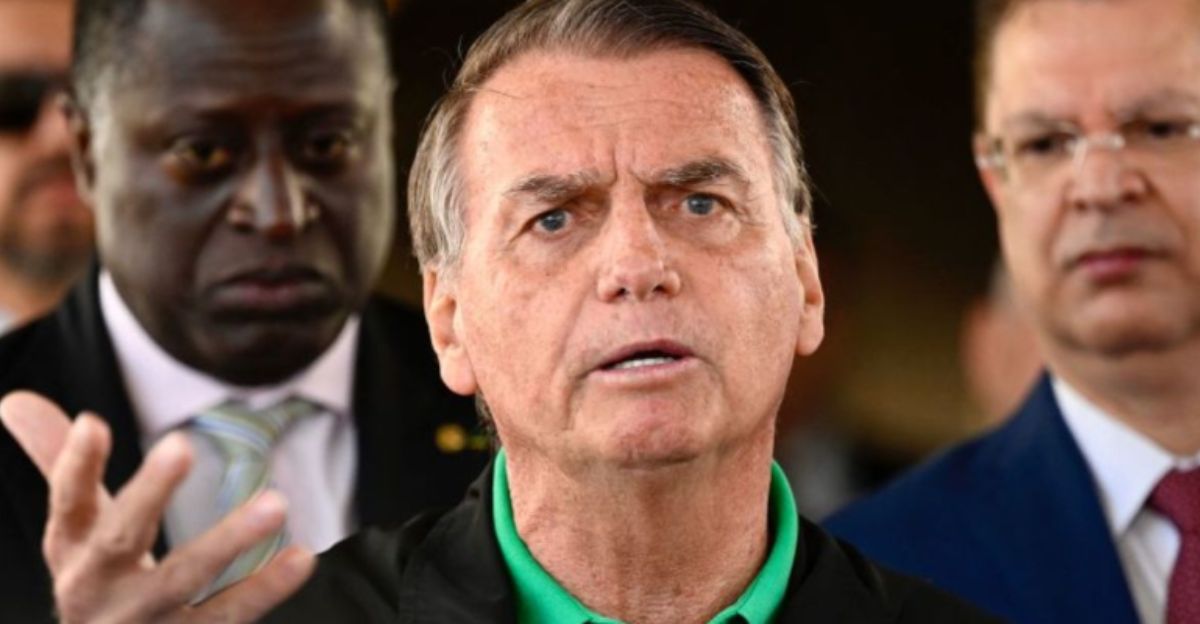
Ironically, Brazil runs a trade surplus with the U.S.; we buy more from them than they buy from us. According to the Office of the U.S. Trade Representative, the U.S. recorded a $7.4 billion trade surplus with Brazil in 2024, a 31.9% increase from 2023. Brazilian government data shows the U.S. has maintained a cumulative trade surplus with Brazil for the past 15 years, totaling roughly $410 billion.
So why the tariff? Analysts widely describe it as a politically motivated trade policy aimed not at protecting American industry but at pressuring Brazil’s judicial system over Trump’s political ally.
Brazil Is America’s Coffee Backbone
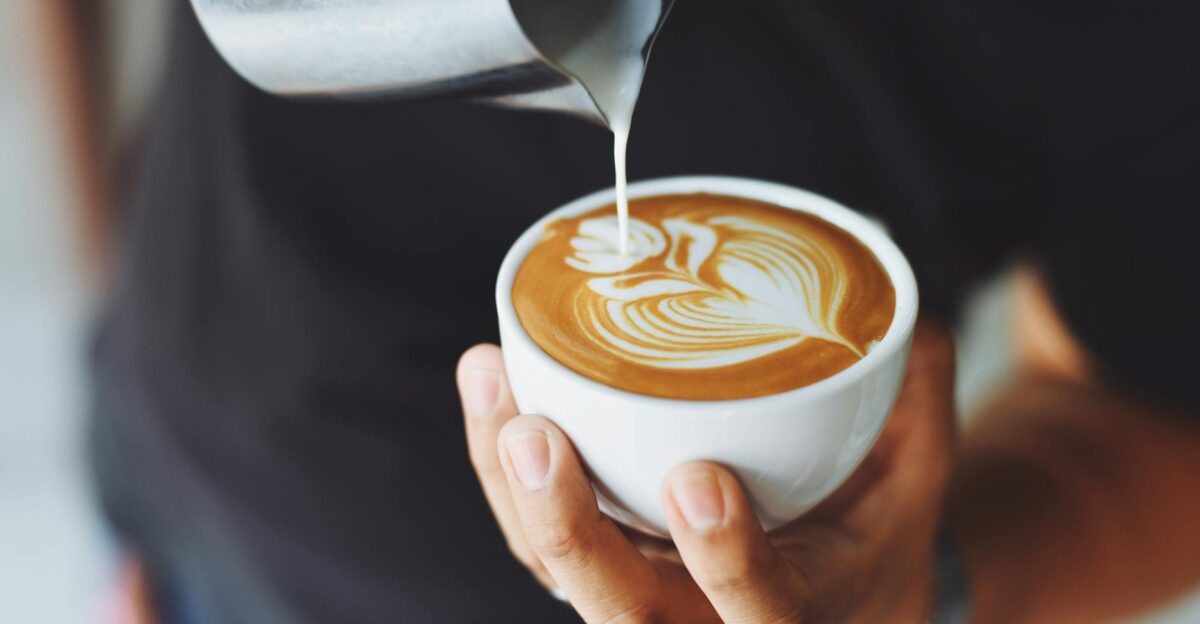
Brazil isn’t just one of many coffee exporters; it’s the top supplier. In 2024, the U.S. brought in about $2 billion worth of Brazilian coffee, according to the UN COMTRADE database. That’s roughly 8.1 million 60-kilogram bags, making up nearly one-third of all the coffee Americans drink, based on multiple industry reports. The National Coffee Association says every $1 of imported coffee adds $43 in value to the U.S. economy.
With Americans drinking 400 million cups a day, that means around 130 million of them include Brazilian beans. Brazil alone produced 3.98 million tonnes of coffee in 2024, outpacing Vietnam, Colombia, and Indonesia combined. A tariff on this scale could rattle the entire global coffee market.
Coffee Was Already Getting Pricier
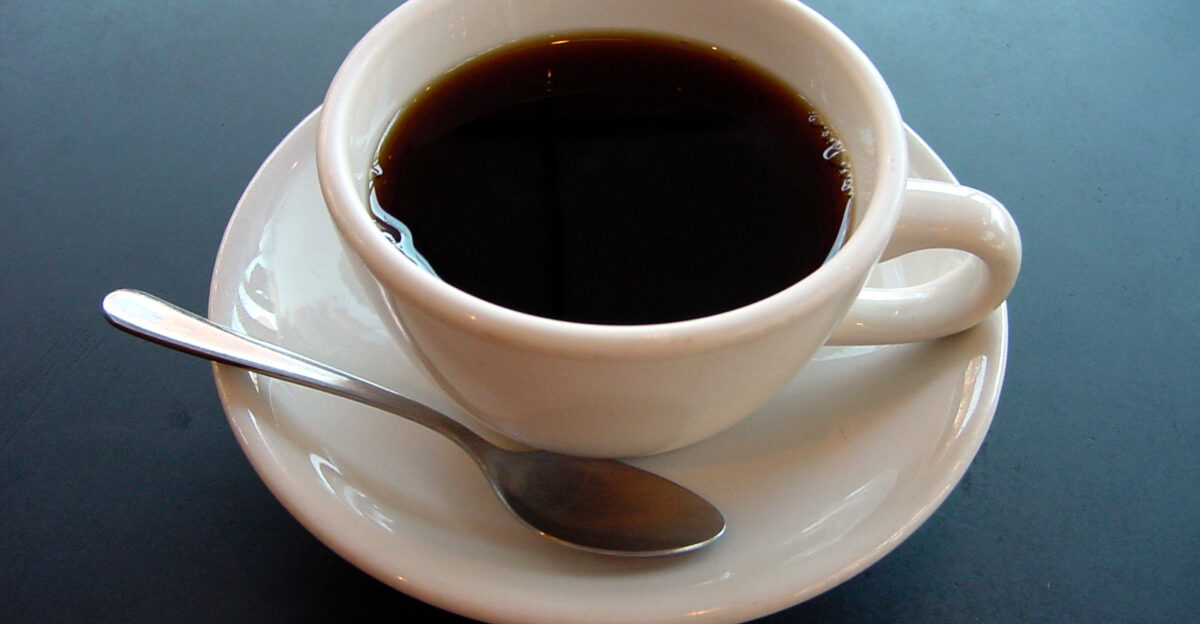
Coffee prices were already climbing before the tariff news hit. In 2024, droughts, climate change, and supply chain problems drove global costs way up. The Food and Agriculture Organization (FAO) reports that world coffee prices jumped 38.8%, with arabica up 58% and robusta surging 70%.
Brazil’s crop was hit especially hard. Bloomberg called it the worst drought in over 40 years, with some regions seeing the driest conditions since 1981. Arabica beans reached a 47-year high, according to multiple trading sources.
The U.S. Bureau of Labor Statistics shows ground coffee rose from $5.99 per pound in May 2023 to $8.13 by June 2025. Many Americans are now brewing at home, with 80% drinking at least one homemade cup daily. And that was before tariffs kicked in.
Costs Could Jump Per Cup
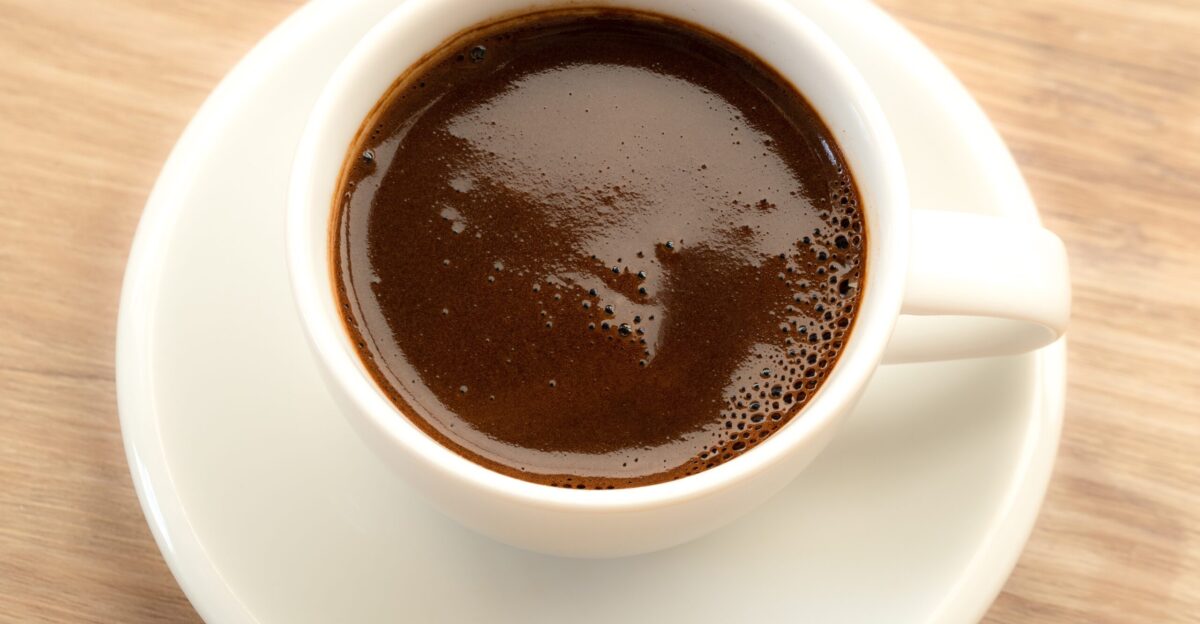
A 50% tariff would instantly raise green coffee bean prices from around $5.50 to $8.25 per pound. That’s too steep for U.S. roasters to absorb, according to multiple industry sources. Jeff Bernstein of RGC Coffee told Reuters, “It is a form of taxation which is hurting American businesses. No one else. Not Brazil. Not Brazilian President Lula.”
Ryan Cummings of the Stanford Institute for Economic Policy Research says prices could rise by 25 cents per cup within three months. Reflexivity, an AI-based investment firm, expects wholesale costs to jump over 40%, even with some switching to other suppliers. With coffee companies already operating on thin margins, these added costs will hit consumers quickly.
The Taste May Change, Too
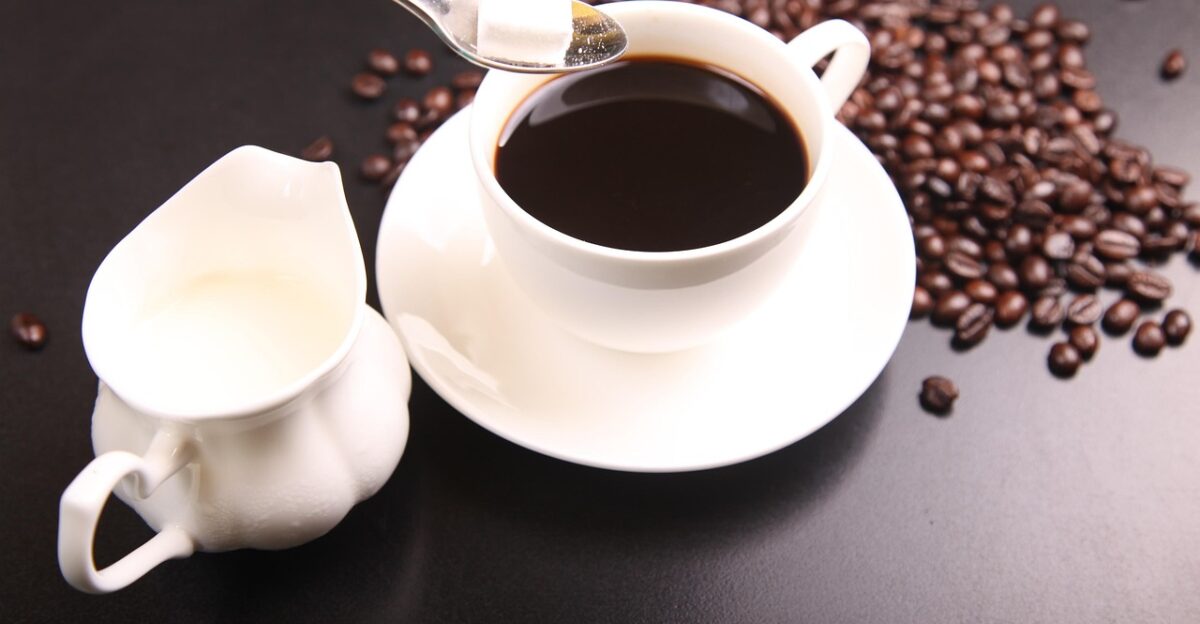
When Brazil becomes too expensive, companies will look elsewhere. But most other countries can’t compete on price or quality. Sprudge says Brazil offers “way better value versus expensive other origins.” Vietnam’s robusta beans are cheaper but contain almost twice the caffeine and taste more bitter, according to scientific studies. Colombia’s beans are high quality but limited.
The USDA projects Colombian output will drop to 12.5 million bags in 2025–2026. Rabobank analyst Guilherme Morya told The New York Times the tariff would “reshape the coffee flow in the world,” with Brazil shifting exports to Europe and Asia.That could mean weaker flavor, lower quality, and fewer premium options in U.S. coffee shops.
U.S. Coffee Can’t Save the Morning
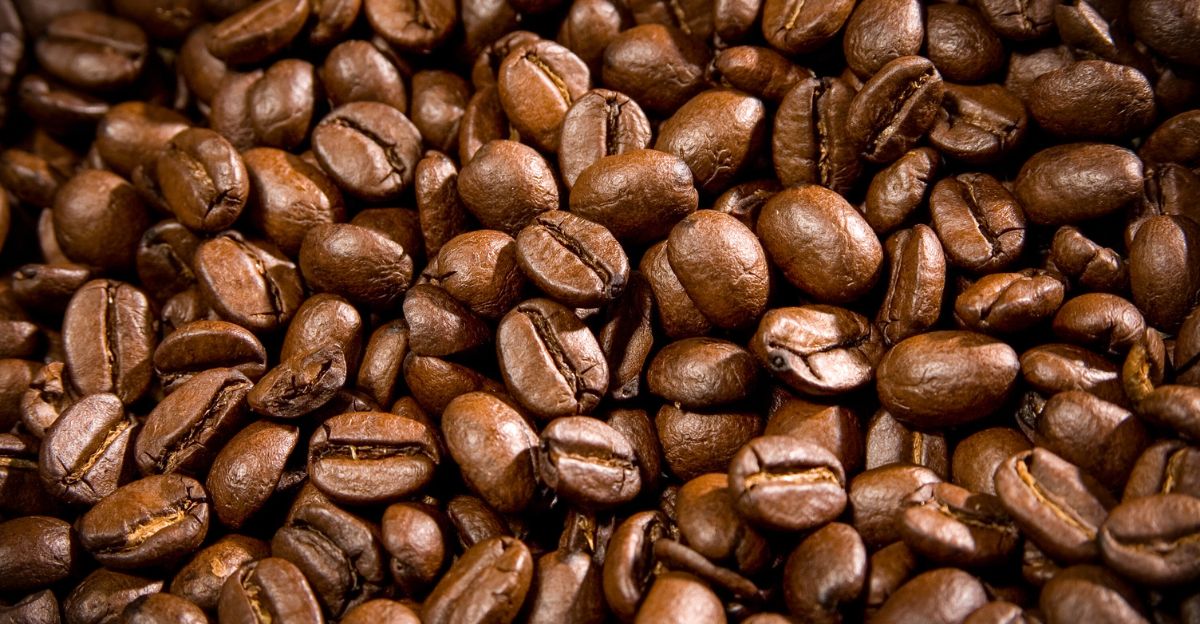
The U.S. doesn’t grow nearly enough coffee beans to solve this problem. Hawaii leads domestic production, harvesting 23.3 million pounds in the 2023–2024 season, according to the Hawaii Department of Agriculture. But that’s tiny compared to the 1.6 million metric tons the U.S. imports each year. Coffee expert Shawn Steiman told EatThis.com, “We can’t grow enough coffee. The Hawaiian coffee market isn’t tied to the global industry.”
Based on current consumption, roughly 3.5 billion pounds annually, Hawaii’s entire harvest would cover just three days. With only 7,400 acres of coffee-growing land, Hawaii can’t scale up enough to fill the gap. If Brazilian supply shrinks, expect pricier imports or lower-quality substitutes.
Orange Juice Is on the Chopping Block, Too
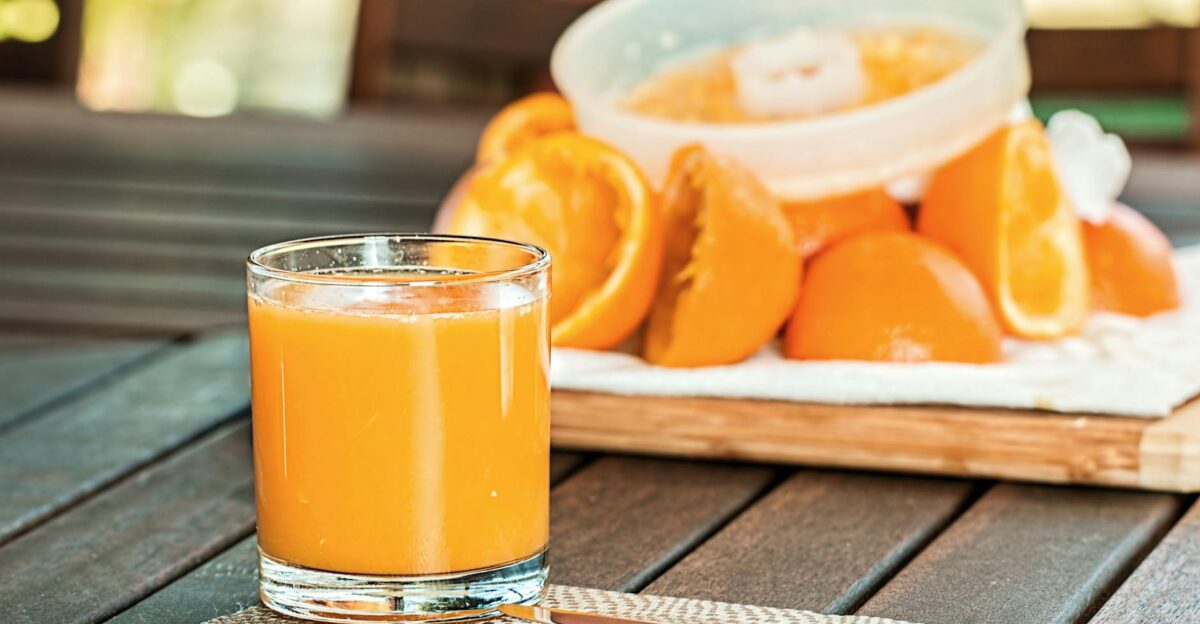
The impact extends beyond coffee. Brazil supplies 55% of America’s frozen orange juice imports, and with Florida’s citrus industry in decline, that reliance has only grown. The U.S. Department of Agriculture reports Florida’s orange production fell 32.7% in the 2024–2025 season, its lowest since 1919–1920. Brazil filled the gap, with exports to the U.S. soaring 69% in recent years.
CitrusBR, Brazil’s citrus juice exporters association, says the country now accounts for 75% of global orange juice exports. A 50% tariff would severely disrupt this flow, and no other producer is large enough to step in. American breakfast tables could soon feel the squeeze from both coffee and juice shortages.
Industry in Panic as Deadline Nears

With August 1 approaching, the coffee trade is in a rush. Reuters reports that some shippers are rerouting vessels mid-transit, skipping ports to get Brazilian coffee into the U.S. before the 50% tariff hits. Arabica coffee futures jumped after the announcement, according to TradingView, though reported increases vary.
Starbucks could be hit hard, Yahoo Finance notes that coffee beans are their “main cost driver,” making up 10–15% of expenses. A 50% tariff could raise overall costs by 0.5–1.5%. Brazilian exporter Expocacer, which saw 41% export growth in 2024 with the U.S. accounting for 15%, says contracts for deliveries after August 1 can’t be renegotiated. Reuters confirms: “no renegotiations will be possible.” Higher costs and price hikes now seem inevitable.
What This Means for Your Morning

Americans now face a tough choice: pay more, settle for lower-quality coffee, or cut back altogether. With Brazil supplying one-third of our coffee and most of our orange juice, this trade fight could make breakfast more expensive for millions. And there’s no easy fix. Climate change and supply shortages already pushed prices higher.
Now tariffs may turn coffee from an everyday habit into a luxury. The future of your morning brew depends on whether political leaders can ease tensions, or if the trade war keeps boiling over. For now, one thing’s clear: your daily cup won’t be the same.
